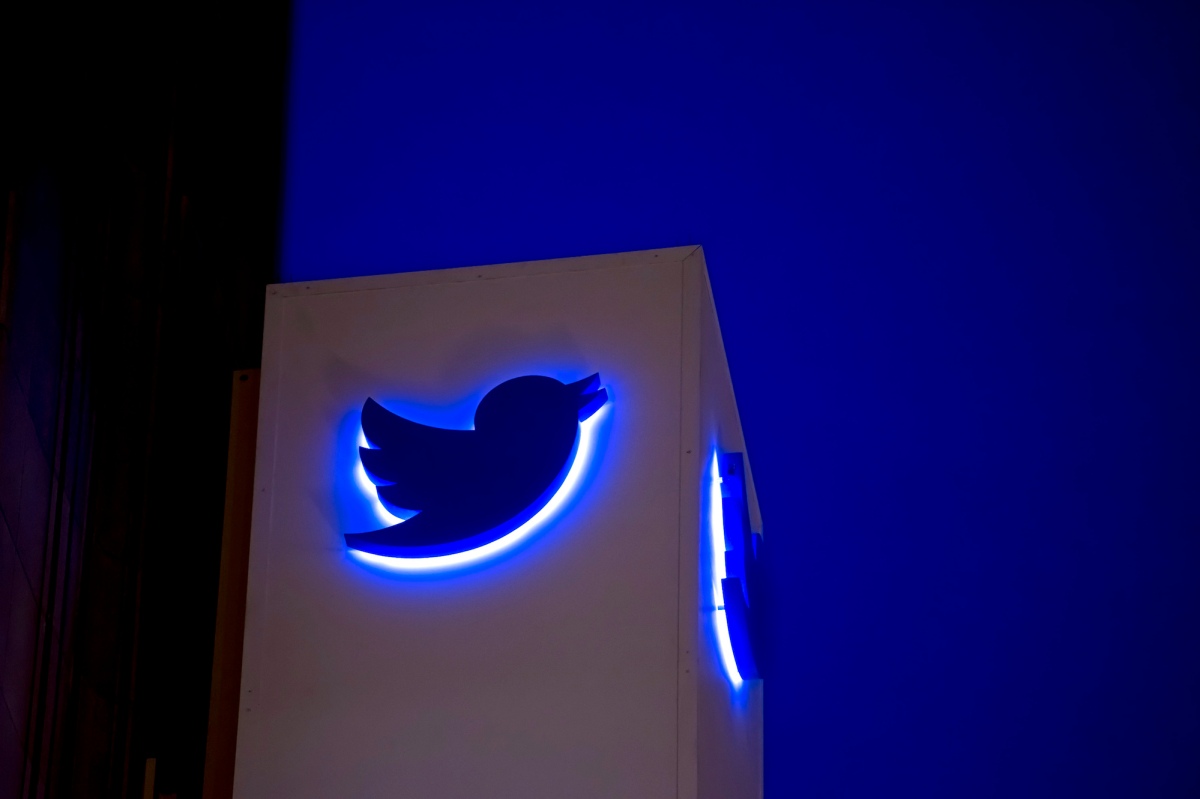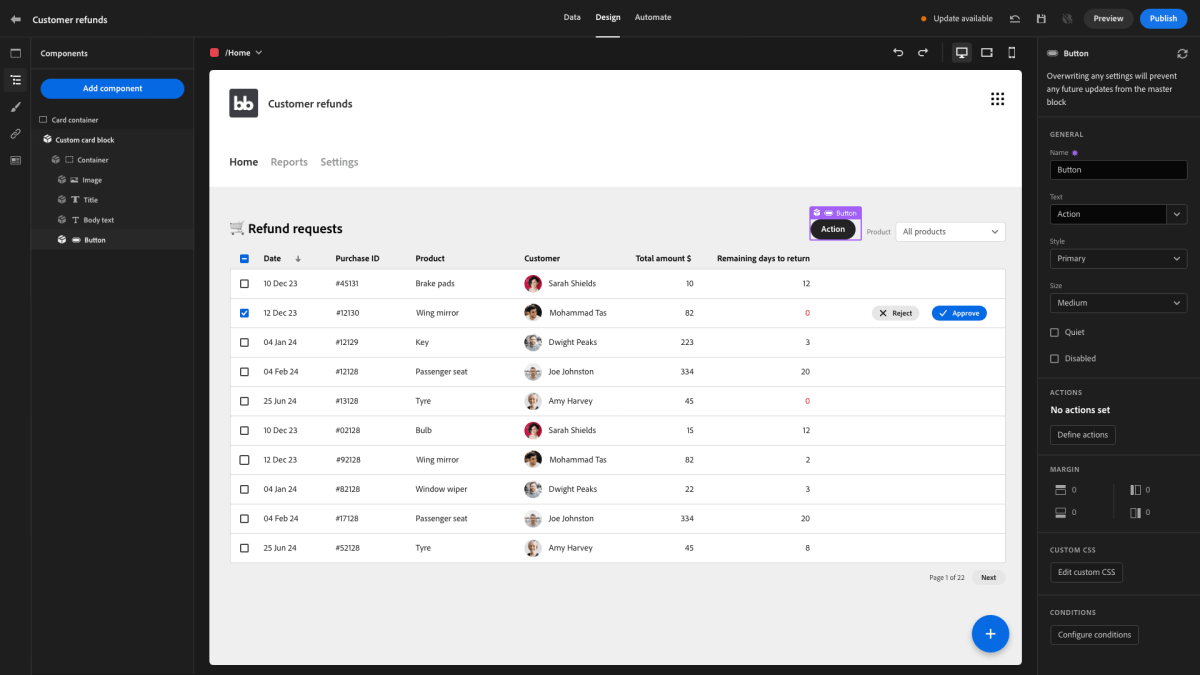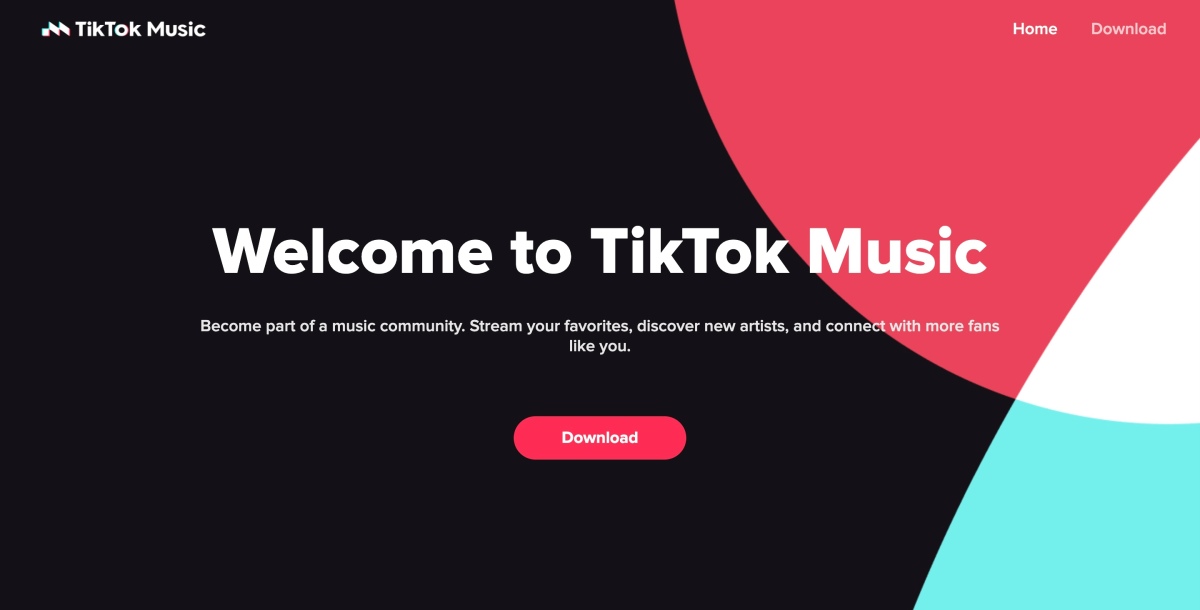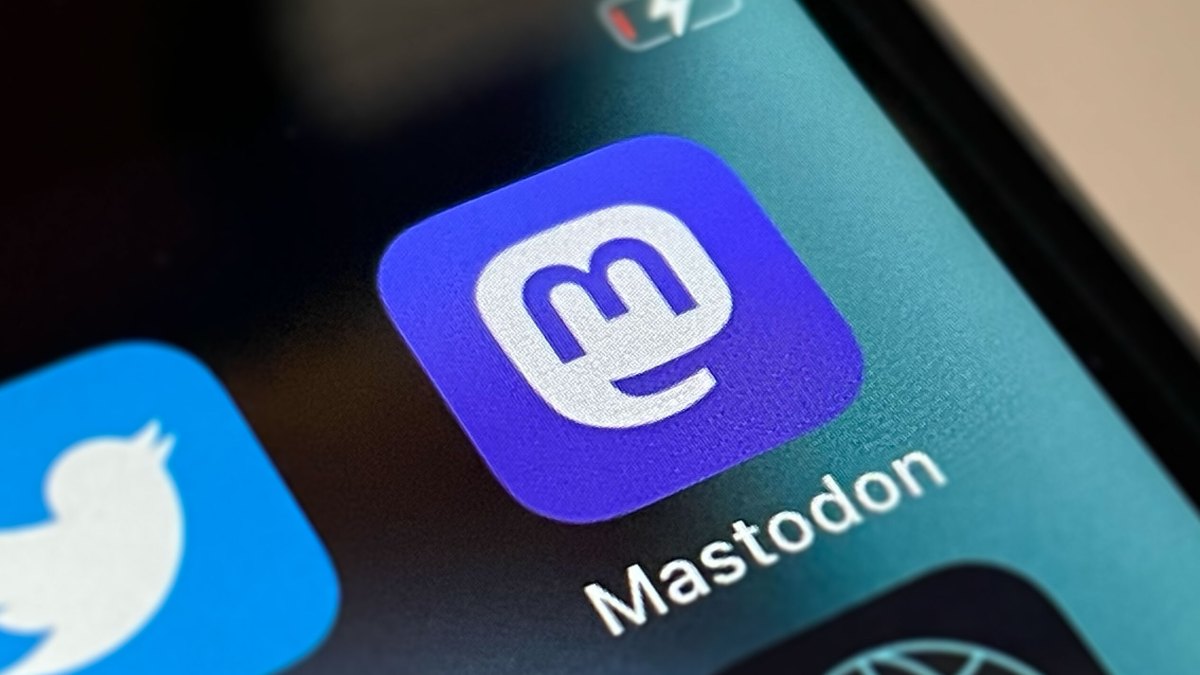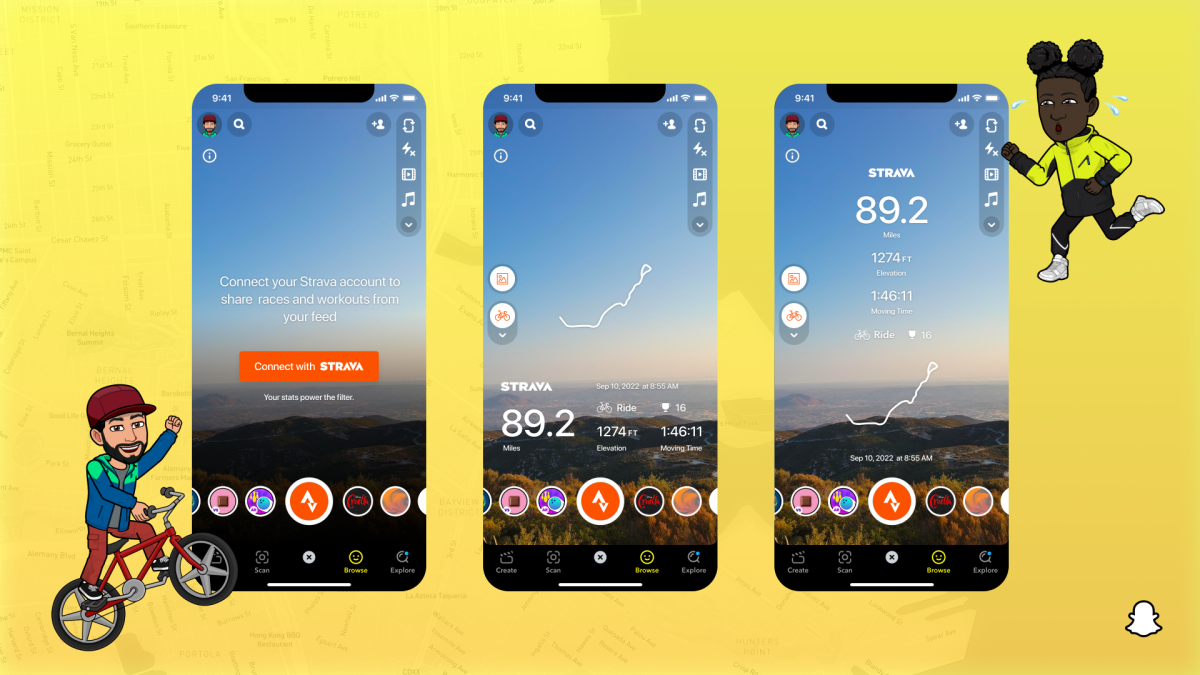YouTube will soon roll out a ‘Go Live Together’ co-streaming feature to select creators • ZebethMedia
YouTube is gearing up to roll out a new feature that will allow select creators to invite a guest to go live with them, the company announced on its Creator Insider channel and in a blog post. At launch, creators will only be able to co-stream via a phone, as the feature won’t available on the desktop version of YouTube. The new feature will initially only be available to a select group of creators, but YouTube plans to expand co-streaming to more creators in the future. Creators can schedule a live stream with a guest from their computer and then go live from a mobile phone. Or, they can go live immediately from their mobile phone. Although you can rotate guests on your live stream, you can only have one guest appear at a time. Once you invite a guest, your stream feed will show above your guest’s. In the next few weeks, some creators will be able to select the new “Go Live Together” button on their accounts. Creators need to start by entering their stream details, including the title, description, monetization settings, thumbnails and visibility settings. After selecting the “Invite a co-streamer” option, creators will be able to choose a guest to invite to their live stream. After the guest clicks the invite, they will be sent to a waiting room. When both people are ready, the host can tap the “Go Live” button. YouTube’s guest streams can run advertisements, but revenue will solely go to the host. It’s worth noting that the stream won’t appear on the guest’s channel, but YouTube says it’s aware that visibility on guest channels is important, which indicates that the company could potentially ship the feature in the future. The launch of the new feature comes as TikTok and Twitch recently launched their own co-streaming features. A few weeks ago, TikTok rolled out a new feature called “Multi-Guest” that lets hosts go live with up to five other people using a grid or panel layout. Last week, Twitch officially launched a new feature called Guest, which lets streamers easily pull other creators and fans into their streams for talk show-like experience. Guest Star makes it possible for anyone to pull up to five speakers into a stream at once. Unlike with YouTube’s co-streaming feature, TikTok and Twitch both allow you go live with more than one person. Given that YouTube’s co-streaming is still in the early stages, it’s possible that it may expand the limit to allow creators to go live with multiple people.


